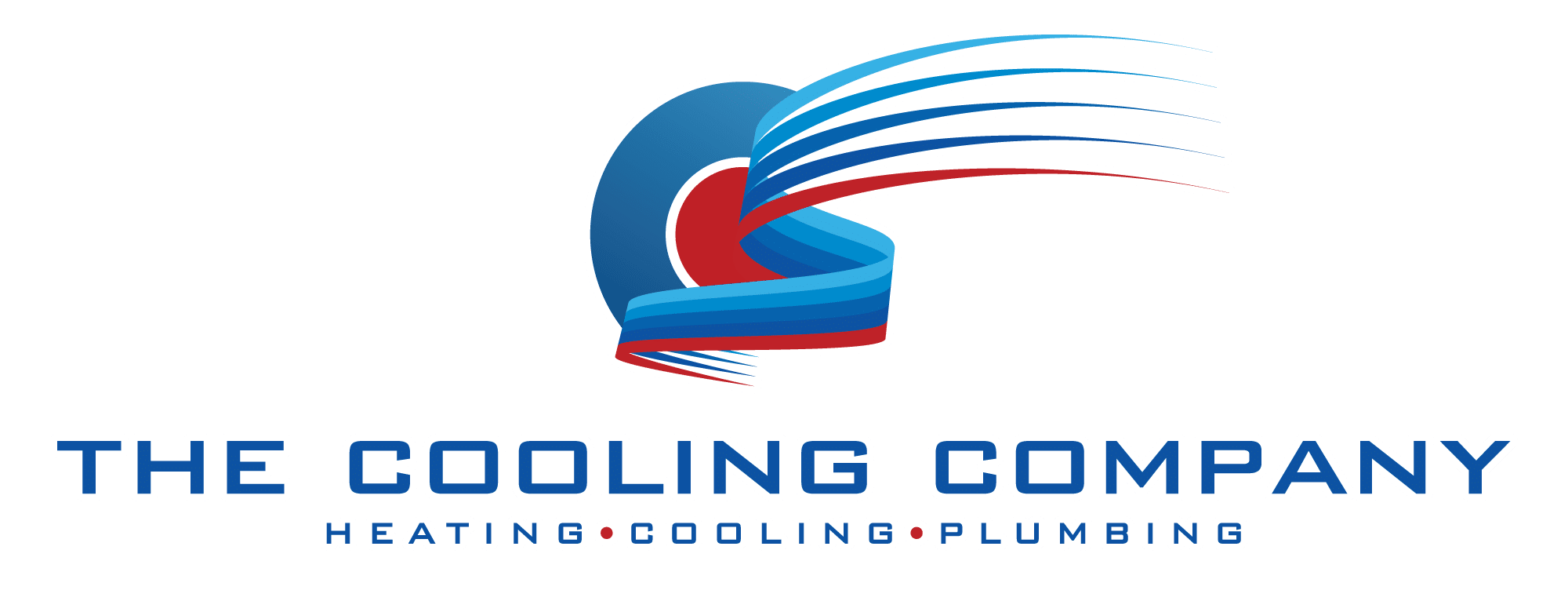How the Air Conditioning Unit Works
An air conditioning unit essentially works by removing heat from the inside of a building and expelling it outside. The basic components of an AC unit include an evaporator coil, a compressor, a condenser coil, and an expansion valve.
It expels heat by using a refrigerant—a special substance used for heat transfer—that absorbs heat from the indoor air as it passes through the evaporator coil. The compressor then compresses and pumps the hot air to the condenser which ultimately releases that heat outside. The refrigerant then returns to the evaporator and the cycle repeats, providing a continuous flow of cool air to the building.
As we experience more hot days and higher intensity of heat with each passing year, ensuring your
AC unit is well-maintained and working is crucial. This makes the hot months more comfortable, while also reducing heat-related illnesses such as heat stroke and heat cramps.
In this article, let’s understand why your
AC unit isn’t working as expected and some checks you can do to fix common air conditioner problems yourself.
Why Your Air Conditioning Unit Isn’t Turning On
If your
AC unit isn’t turning on, then this might be due to one of the following reasons:
- Issue with the power supply: If your AC unit isn’t receiving power (say, due to a blown fuse or a tripped circuit breaker), then it won’t turn on.
- Broken indoor blower motor: This device is responsible for circulating air through the AC unit and into the building. If it’s not working properly, your AC unit may not turn on.
- Thermostat issues: A problem with the thermostat setting can prevent your AC unit from switching on.
- Clogged condensate line: The condensate line removes excess moisture from the indoor unit. If there’s a blockage, it can prevent the AC unit from turning on.
- Malfunctioning safety device: Your AC unit is fitted with safety devices to prevent damage in case of malfunctions. If one of these devices is tripped or faulty, it can prevent your AC unit from turning on.
If your AC is turning on as usual but you can’t feel the temperature going down, then you need to dig deeper or contact your local HVAC Company.
Why Your AC Isn’t Cooling Your Home
Let’s look at a couple of situations when your AC system is unable to cool your home and understand the common reasons behind them.
It has Low Air Flow
If your AC unit is turning on but doesn’t seem to have adequate airflow, then it’s likely due to one of the following reasons.
Clogged Filter
One of the most common issues that prevent cool air from flowing out of an AC system is a clogged air filter.
In essence, the filter in your AC unit removes dust, dirt, debris, and other particles from the air. Over time, it can become congested, restricting airflow and causing your AC unit to work less efficiently.
Bad Indoor Fan Motor
The indoor fan motor is designed to circulate air through the AC unit and into the building. If the fan motor is not working properly, it can cause low airflow and thus reduced cooling capacity.
It can also reduce
indoor air quality and increase energy consumption, which means a higher utility bill for you. If left unchecked, a worn-out fan motor can even cause your AC unit to overheat and shut down, leading to costly repairs.
It’s Blowing Warm Air
If your AC unit is turning on but blowing warm air instead of cool, then it can be due to one of the following issues.
Bad High Voltage Wire
The high-voltage wire in your AC unit is responsible for transmitting power from the electrical service panel to the unit. If this wire is damaged or has a loose connection, it can cause a break in the electrical circuit and prevent the AC unit from working properly.
A bad wire can also result in the AC unit blowing warm air instead of cold air because the high-voltage wire is needed to power the AC compressor, which is the heart of your AC unit and is responsible for cooling the refrigerant. Without a properly working compressor, the refrigerant will not be cooled, resulting in the circulation of warm air.
Additionally, a damaged high-voltage wire is a safety hazard, as it can pose a risk of electrical shock or fire.
Faulty Compressor
This is one of the most common reasons why AC units blow warm air instead of cool air. As the name implies, the compressor compresses the refrigerant and circulates it through the air conditioning system.
A faulty compressor means the refrigerant will not be properly compressed, and it can also cause a refrigerant leak, ultimately reducing the cooling capacity and increasing energy consumption. To ensure optimal AC performance, you must regularly inspect and maintain the compressor, and replace it whenever necessary.
Dirty Condenser Coil
The condenser coil plays a crucial role in removing heat from the refrigerant. If the coil is dirty, it can interfere with the heat transfer process and cause your AC unit to blow warm air.
The build-up of dirt and debris on the condenser unit can act as insulation, reducing its ability to dissipate heat. This can cause the refrigerant to overheat, leading to reduced cooling capacity and ultimately slashing years off of your AC unit’s lifespan. Therefore, it’s a good idea to regularly clean your AC unit’s condenser coil to keep it free of dirt and debris.
Broken Capacitor
A capacitor is a device that stores and releases electrical energy as needed. In your AC system, it’s responsible for providing the initial electrical charge to start the motors and the compressor unit.
When the capacitor is broken or fails, the compressor and fan motor may not work properly, resulting in weak/no airflow or warm air being blown instead of cool. In some cases, a broken capacitor can also cause the AC unit to shut down completely, requiring
servicing . For this reason, it’s important to regularly inspect and maintain your air conditioner’s capacitor.
Malfunctioning Contactor
A contactor is a critical component that controls the flow of power to the compressor and fan motors. If the contactor is malfunctioning, it may not be able to turn the compressor on or off properly, leading to poor performance. In particular, if the contactor is stuck in the “off” position, your AC unit will be unable to compress the refrigerant, causing it to blow warm air instead of cool air.
Incorrectly Charged Refrigerant
As explained earlier, the refrigerant is a special fluid that absorbs heat from the indoor air and transfers it outside.
An insufficient charge can prevent the refrigerant from absorbing heat effectively, leading to reduced cooling capacity. On the other hand, an overcharged refrigerant can cause your AC unit to work too hard, reducing its efficiency and producing warm air instead of cool air and so, ensure you regularly inspect and maintain the refrigerant levels of your
AC system .
Bad Outdoor Disconnect
The outdoor disconnect is responsible for providing power to your AC unit and helps in preventing electrical hazards.
If the outdoor disconnect is damaged or not functioning properly, the AC unit may not receive enough power to operate correctly. Consequently, the refrigerant won’t circulate properly and the compressor will not be able to cool the air, resulting in warm air being blown instead of cold.
What to Do When Your AC Isn’t Working
Being a fairly technical predicament, you may not always be able to pinpoint and fix the issue as a layperson.
That being said, here’s a list of things you can try when your AC isn’t working:
- Check the thermostat: Ensure the thermostat is set to the correct temperature and is in cooling mode.
- Check the circuit breaker: If the outdoor unit is not running, it may be due to a tripped circuit breaker or a blown fuse. Locate the breaker panel and reset the breaker if it has tripped or replace the fuse if needed.
- Clear any obstructions to airflow: A clogged or dirty air filter can reduce airflow and cause the AC to stop working. Replace the filter from time to time.
- Check the disconnect box: The disconnect box is a safety switch that controls power to the AC unit. It’s usually located outside near the outdoor unit. If the disconnect box has tripped, simply reset it by flipping the switch back to the “on” position.
- Check the furnace and power supply: Ensure that the furnace is turned on and working properly. Also, check the power supply to make sure the unit is receiving power.
If none of this works for you, your best bet is to call an
HVAC professional who knows the tricks of the trade. Plus, given the high-energy currents and moving parts, going the DIY route can be dangerous.
Statistics suggest that on average, just
42% of homeowners have their air conditioners maintained by a professional. But regular
HVAC maintenance extends the life of your air conditioner by a whopping 40%! And so, all things considered, having an expert HVAC technician by your side for regular tune-ups is beneficial in the long run.
If You’re Having AC Problems, Call The Cooling Company
Now you know how your AC works, what potentially goes wrong when it isn’t working as expected, and what you can do to try and fix things yourself.
Unable to troubleshoot? Don’t sweat, help is just a service call away.
The Cooling Company is an award-winning, top-rated, EPA-certified HVAC provider serving Las Vegas and surrounding areas such as Henderson, Green Valley, Whitney Ranch, Silverado Ranch, Seven Hills, and Boulder Highway.
If you have an emergency, we have HVAC technicians available 24 hours a day, seven days a week. We take pride in our work with a
100% risk-free guarantee .
Give us a call today to schedule your
AC repair and ensure your AC unit remains in top-notch condition.



